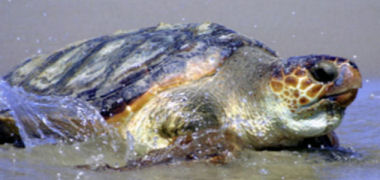The Corps, in partnership with the US Fish and Wildlife Service (FWS) and the National Marine Fisheries Service (NMFS), is committed to ensure protection for federally listed species and critical habitats, as required under the Endangered Species Act (ESA).
This page is intended as a clearinghouse for information on Endangered Species as it applies to the Corps Wilmington District permit program.
